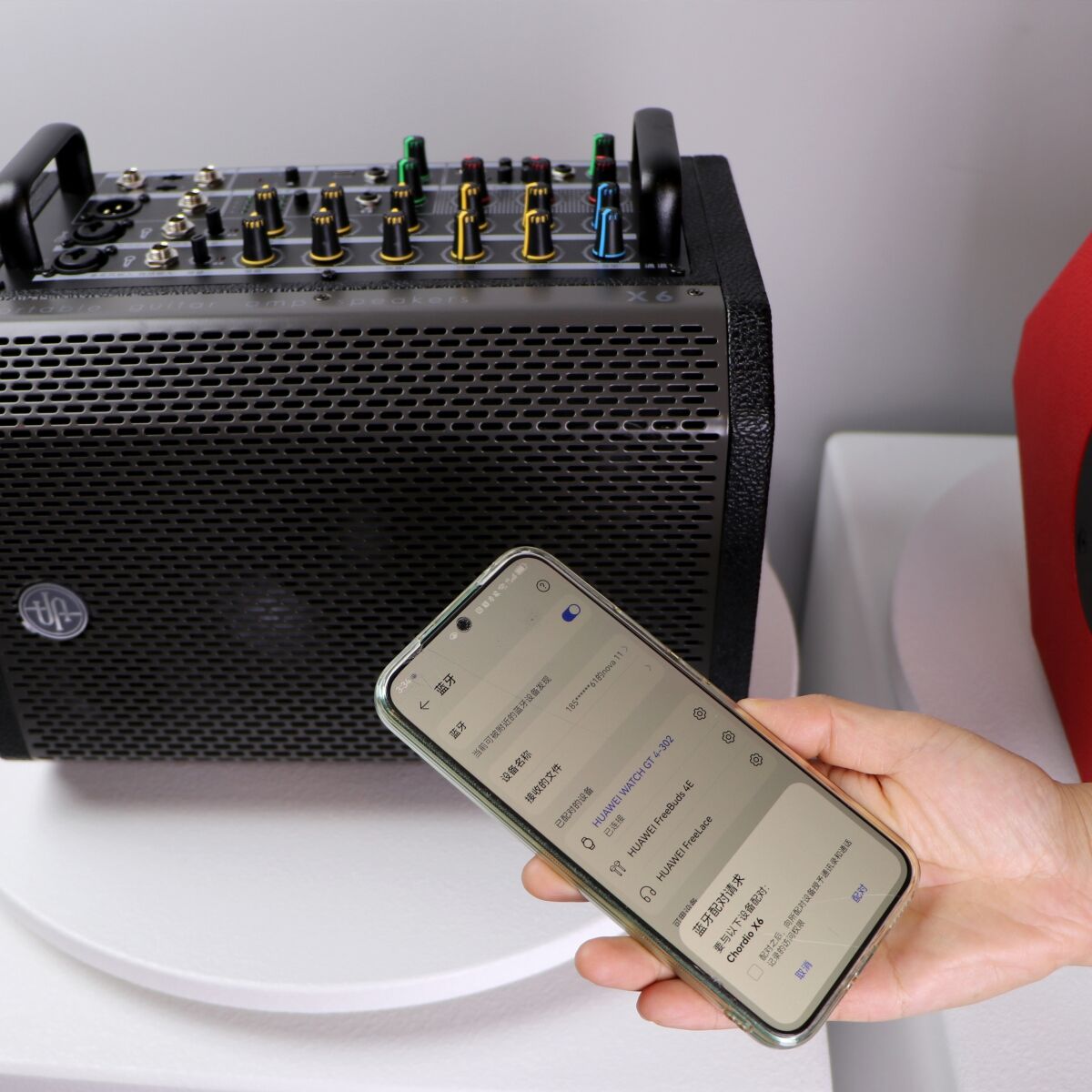Why Environment Matters in Audio System Selection
Impact of Weather on Outdoor Audio Performance
The weather is a huge factor in both the quality and lifespan of an outdoor audio system. Rain, moisture and temperature extremes can do a number on speaker materials and performance as they can degrade and rust over time. Enclosures and Venting Enclosures and venting are the most crucial areas to consider when it comes to helping your outdoor sound equipment to last longer while sheltering yourselves and your sound gear from environmental factors. For example, weatherproofed speakers keep the music playing, whether rain or shine. Backing this up, figures to show the failure rates can be traced to the exposure of the elements making it all the more crucial to ensure you use a weatherproof solution. Understanding these effects is key to the continued performance of the great outdoors systems.
Acoustic Challenges in Indoor Environments
In a nutshell, indoor audio sound physics posed a range of unusual acoustic challenges for indoor environments. The surface material in your walls, the layout of your furniture, and the height of your ceiling can all significantly impact your audio, causing echoes, reverberation, or sound absorption. Use of bass traps and sound proofing techniquesThere are several approaches to combatting such problems — and in the case of the latter, securing sound quality. It is one of the important advice audiologists give – calibrating a room and proper placement of the speakers for perfect sound clarity. Understanding these indoor acoustic issues and utilizing the right solutions will vastly improve audio quality for indoors and provide a better listening experience.
Design and Build: Ruggedness vs. Aesthetic Priorities
Weather-Resistant Materials for Outdoor Durability
When it comes to outdoor sound systems, it is imperative that weather-resistant materials are used to ensure efficiency and longevity. It’s why we rely on everyday materials such as aluminum, composites and marine-grade finishes to help protect our audio gear from the elements. Well-known brands like Sonus faber and Sonance employ these rugged designs to deal with the elements. Marine-grade paint, for example, prevents corrosion, and UV-resistant plastic is added to protect from the sun. The figures do not lie though – failure rates are far higher in cheap outdoor sound systems! So, that explains why it's important to invest in good materials when you're building an audio setup, so you can listen for a long time without issue.
Stylish Designs for Indoor Listening Spaces
In home audio systems, aesthetics are as important as sound. The trend in modern design is to minimize the invisible electronics that add complexity to the room, creating clean, open spaces. Cooperation between interior designers and sound engineers has created new solutions in which technology is perfectly integrated into home decor. Its case studies showcase great installations of its products such as the Bowers & Wilkins speakers, featuring minimalistic design that works in modern homes, showing that form and function can go hand in hand in indoor audio setups. These sleek, yet compelling designs changed the way people listen to music, bringing the concert hall experience into the comfort of your home.
Sound Projection Characteristics Across Environments
Wide Dispersion Needs for Outdoor Spaces
Outdoor, sound propagation is important to overwhelm background noise for voice reinforcement as clarity of speech is important. Sound can get down right lost in wide spaces, which can make for a compromised listening experience. Wide-dispersion speakers are perfect for projecting sound for audiences outdoors. There are a number of speaker configurations that improve coverage, including multi-directional and omnidirectional speakers that can be located appropriately to facilitate sound dispersion. Prior investigations have proven that listener preference, especially in outdoor areas, is greatly enhanced by using wide-dispersion speakers, such as outdoor sound systems.
Controlled Acoustics in Indoor Settings
Constrained acoustics are required to improve the sound quality while minimizing its reflection in indoor spaces. Homes and public spaces frequently suffer from issues such as reverberation that can interfere with sound quality. The use of acoustic treatments, including sound absorbing panels, create cleaner and more even sound characteristics. Technical data such as frequency response and total harmonic distortion contribute to the quality sound as well as clarity and precision. Install acoustical panels and use sound diffusers to address indoor sound problems, resulting in high-fidelity sound for small to medium sound control projects in newly constructed or existing commercial structures.
Volume Requirements for Different Use Cases
THERE IS A TIME WHERE YOU WANT MORE AUDIO OR LESS AUDIO TO REMAIN CLEAR WITHOUT HAVING TO TWEAK ANOTHER SETTING TO MAKE IT SOUND DECENT. meaning that equipment to provide both big sound and high sound quality are very necessary for home theaters, house parties and companies and A/V nets. Turning a dungeon into a jewelry case So in otherwords if youÂ're going to fill up a large space, always consider how big the speakers and the amps are so you get a good, big sound. Choosing the appropriate gear is a matter of determining the necessary volume for each application. Expert advice indicates that when starting with the size of the space, and taking into consideration potential acoustical difficulties, the type of audio equipment required to enjoy a comfortable listening experience would be determined across all types of events.
Wireless Technologies for Outdoor Flexibility
The explosion of wireless technology, particularly Bluetooth and Wi-Fi, has made outdoor audio easier and more versatile than ever. These are just a few technologies that allow for plug and play without the need for wires but provide ease of use and flexibility for streaming from various devices, notably in large, open spaces where cables are inconvenient. However, wireless systems are constrained in terms of range and power. Frequently these systems are range-bound, which can cause breakdowns in communication. Battery life though continues to be a big issue especially for long outdoor events requiring seamless playback. The number of wireless audio service users in outdoor environments has increased because they want a simple and neat service without any cables. This becomes a trend where people are starting to take more notice towards wireless audio systems for their outdoor sound adventure.
Wired Reliability in Permanent Indoor Setups
While it’s true that wired connections are still the gold standard in wall-to-wall audio, for a small group of rooms that never rotates between different devices, it’s hard to beat the reliability and sound quality. Unlike wireless solutions, where you can run into the typical "bass worst case scenario," these do the job of delivering the bass wirelessly, which is great for those of you who value a wired connection, yet something that can provide efficient sound and clarity for the space where hearing and detail matter most of all. It is essential to choose suitable cables for such setups, since not using GOOD cables causes signal degradation over distances. And now you have kept audio quality of source material all the way to the output. This point is demonstrated by a number of thoroughly tested examples from the indoor area which underline the fact that a well-executed wired system can be successful in many indoor installations. These anecdotes highlight the reliability of wired audio connections, particularly in spaces where uninterrupted, high-quality audio is crucial (i.e. homes, theatres, businesses, etc).
Installation Requirements and Challenges
Mounting Considerations for Outdoor Durability
It takes more than plugging in a set of speakers to create an outdoor audio system that will last and sound great for years. The location is crucialâselect a place that provides a good compromise between sound distribution and is least affected by harsh environmental factors such as direct sunlight and precipitation. Elevation will decide how far the sound projects and speakers need to be high enough to project the sound over obstacles without being so high that the sound disperses. Installation methods are also important, installing strong mounts that can handle strong winds and keep the system in place year in, year out. Also, choose mounts specifically made for outdoor use, like rust-proof brackets, for longer product life. Maintenance Regular maintenance, including checking for rust or damage and tightening loose fittings, keeps the installation in top form for years, experts say.
Wiring Constraints in Indoor Aesthetic Spaces
Indoors, there’s really no hiding the wires while trying to keep a neat look. Modern interiors require creative concealment of wires and cords to maintain their sophisticated, clean appearance. Cable management systems, like under-carpet raceways and discreet cable conduits, can be used to keep cords hidden. In-wall wiring is also a great option that can be done to match any decor. For example, raceways painted to match the walls can keep a clean appearance and allow access to the cabling for future changes. All the other successful installations are testimony to that balancing act: structure wiring and design together. It is not only a matter of preserving their aesthetic integrity, it also determines how much people will enjoy hearing and watching the installations.
FAQ
Why is weatherproofing important for outdoor audio systems?
Weatherproofing is crucial for outdoor audio systems as it protects against rain, humidity, and extreme temperatures, ensuring longevity and consistent performance.
What materials are recommended for outdoor audio setups?
Materials such as aluminum, plastic composites, and marine-grade coatings are recommended for their durability and ability to withstand environmental factors.
How can indoor acoustic challenges be mitigated?
Indoor acoustic challenges can be mitigated using soundproofing techniques, bass traps, and strategic speaker placement to improve audio clarity.
What is the importance of sound dispersion in outdoor spaces?
Sound dispersion is important in outdoor spaces to prevent muddled sound and enhance listener satisfaction by providing even audio coverage across large areas.
How do wireless technologies benefit outdoor audio systems?
Wireless technologies like Bluetooth and Wi-Fi allow for seamless streaming and flexible setups in outdoor spaces, minimizing the need for cumbersome wiring.

